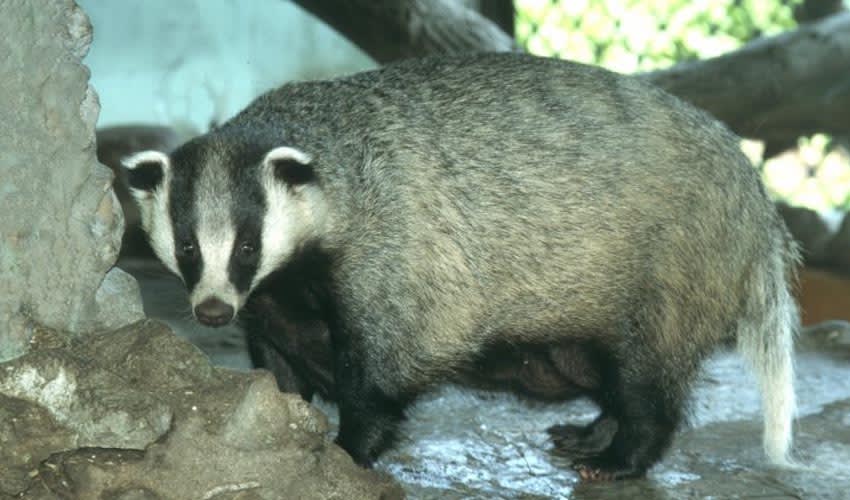A sturdy, burrowing mammal found across a wide range of Asia, from parts of Russia and Mongolia to China, Korea, and the Himalayan foothills. Closely related to the European badger, it shares the same stocky build, powerful digging claws, and black-and-white striped face that make badgers so recognizable. However, the Asian badger is generally smaller and lighter than its European cousin, and its facial markings are less bold, giving it a more subtle appearance. Adapted to forests, steppes, and even semi-deserts, the Asian badger has proven itself to be one of the most versatile members of the mustelid family, surviving in harsh climates and changing landscapes.
Like other badgers, the Asian badger is a nocturnal creature, meaning it is most active at night. It spends daylight hours resting in burrows, which it digs with its strong claws. These burrows, or setts, can be surprisingly complex, with multiple tunnels and chambers that provide protection from predators and extreme weather. Unlike the European badger, which is highly social and often shares setts with family groups, the Asian badger tends to be more solitary or found in small family groups, reflecting its adaptation to regions where food can be more widely scattered.
One of the Asian badger’s most interesting traits is its response to cold winters. In northern parts of its range, where winters are long and harsh, it may enter a state of torpor or hibernation, conserving energy until spring. In milder areas, it remains active year-round. This ability to adjust to different climates has given the species a wide distribution across Asia. During autumn, badgers spend much of their time feeding to build fat reserves, which help them survive lean months. Their fur also thickens into a dense winter coat, which has historically made them a target for hunting and trapping.
Distribution
 China
China Kazakhstan
Kazakhstan Korea
Korea Kyrgyzstan
Kyrgyzstan Mongolia
Mongolia North Korea
North Korea Russia
Russia Uzbekistan
UzbekistanAnything we've missed?
Help us improve this page by suggesting edits. Glory never dies!
Suggest an editGet to know me
Terrestrial / Aquatic
Altricial / Precocial
Polygamous / Monogamous
Dimorphic (size) Monomorphic
Active: Diurnal / Nocturnal
Social behavior: Solitary / Pack / Herd
Diet: Carnivore / Herbivore / Omnivore / Piscivorous / Insectivore
Migratory: Yes / No
Domesticated: Yes / No
Dangerous: Yes / No




